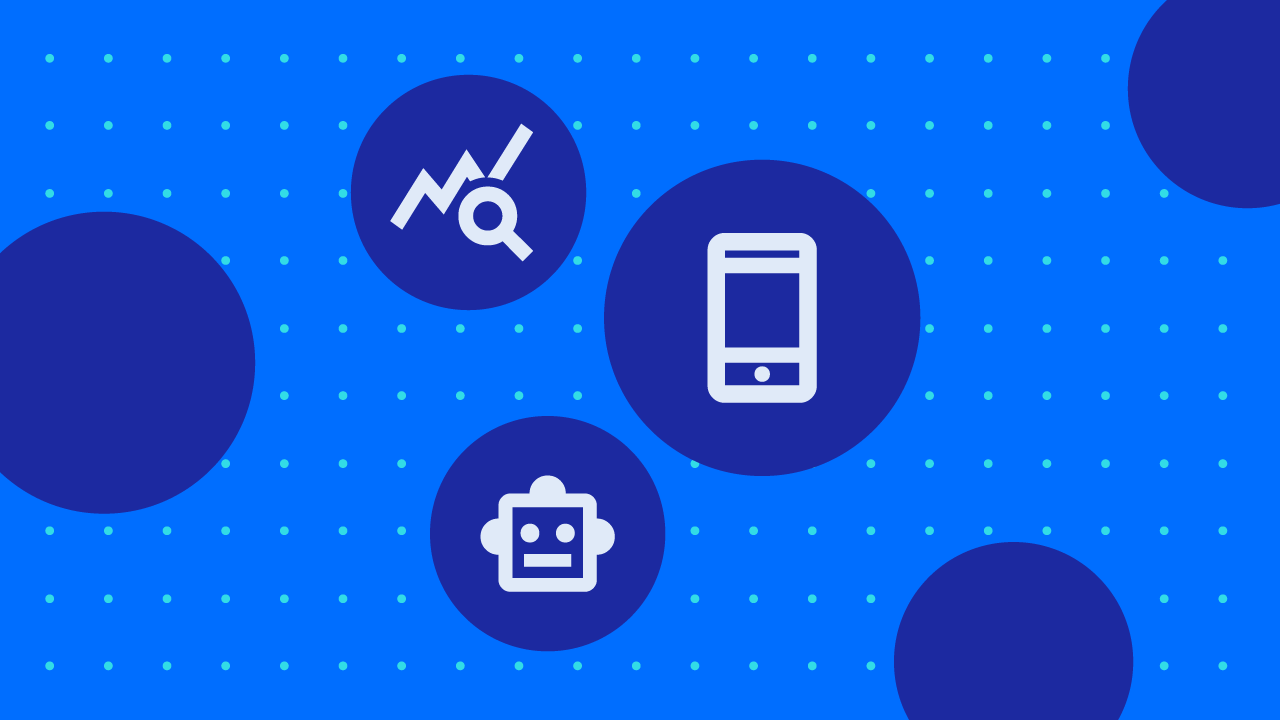
How to Build Trust and Strengthen Brand Reputation: A Guide for PR
In today's digital age, where information spreads at lightning speed and consumers are more discerning than ever, public relations and corporate communications professionals face a formidable challenge: how to build and maintain trust in the age of scepticism.

4 Social Media Platforms PR Teams Can't Afford to Ignore
If audiences are spending more of their time on social media, and brands are becoming more time- and resource-stretched, where should PR teams be focusing their social efforts?

5 New Year’s Resolutions for PR to Make in 2026
A new year means a new start. For PR professionals, these five resolutions can help guide success in the year ahead.

20 Top PR Experts and Influencers to Follow Right Now
Stay updated on industry trends, strategies, and insights with our list of top PR experts and influencers to follow right now.

What is Media Outreach? Definitions, Benefits & Best Practices
Media outreach is a key tool in any public relations campaign. We dive into its definition, the benefits, and best practices for communications professionals.

What is Share of Voice? How to Measure & Increase Brand SoV
As the media becomes noisier and more fragmented, brand share of voice is becoming an increasingly important metric for PR professionals in measuring success.

Save the Date: 2026 PR and Communications Conferences You Don’t Want to Miss
Check out Cision’s list of top PR and comms conferences in 2026 providing opportunities for networking and learning to help enhance your PR strategy.

How to Introduce AI into Your PR Workflow: 5 Tips from an Expert
Before introducing AI into your PR workflow, take note of these five expert tips as discussed on the first episode of Cision's new Deep Dive podcast.

2026 PR Planning Guide: 4 Expert Tips
Get expert PR strategy planning tips and learn how comms teams can turn their biggest challenges from 2025 into their greatest opportunities and success in 2026.

How to Manage PR Client Expectations
Clients expect a lot from PR, and it isn't always fair or realistic. Learn expert strategies for setting PR client relationships up for success.

3 Media Monitoring Tips to Boost Your PR Pitching Strategy
Hear from Cision experts as they share media monitoring tips to help PR pros craft stronger pitching strategies.

How to Pitch Journalists and Get Results: 8 Media-Approved Tips
Getting reporters to respond to your outreach is a major PR challenge – here's a guide on how to pitch journalists, with proven tips to get results.

Maximizing Engagement: A Multi-Touch Approach for Public Affairs
For public affairs professionals, a multi-channel comms strategy is key to seeing greater reach, engagement, and impact for their announcements.

How to Plan Your Product Launch PR Campaign
From solidifying your message to measuring results, a look at the steps that should be put in place when you’re planning out a product launch pr campaign?

The Best Time to Send a PR Pitch
In PR, when you pitch can be just as important as what you pitch. Follow these steps for optimal outreach timing to get your story the media attention and coverage it deserves.

Engineering Outreach Success: How to Pitch Tech Reporters
This article explores exclusive insights and advice from the 2025 State of the Media Report. This report includes survey responses from over 500 tech reporters.

How PR Pros Can Cut Through Social Media Noise: 3 Tips from Journalists
PR teams know how challenging it can be to cut through social media noise, so we asked journalists for tips on how to get the most out of these platforms.

Thinking of a Career in PR? What You Need to Know
In this article, we’ll explore the pros and cons of choosing a career in PR, as well as essential PR skills for success in this role.

AI in Public Relations: Definition, Benefits & Examples
How transformative is AI in public relations? Uncover benefits and real-world examples shaping the future of communication strategies.

5 Media Trends Shaping How Journalists Work With PR
Leading journalists share insight on the media trends – including AI and social media – changing their jobs and how they work with public relations pros.

How to Pitch Different Media Outlets
When pitching different media outlets, PR pros need to understand what makes each specific format tick, be it print, online, TV, podcast, or broadcast.

Want More Media Coverage? Industry Experts Are Your Secret Weapon
There’s no hard-and-fast rule to guarantee media coverage, but according to Cision data there might be a secret weapon to boost your chances: industry experts.

5 Things Journalists Wish PR Pros Knew
Find out what journalists want PR pros to know about PR outreach. Check out their responses for the 2025 State of the Media Report and get practical tips.

7 Elements for a Successful Comms Plan
Use these 7 elements in this article to create a comms plan and learn what you need to shift from a reactive to a proactive perspective.

AI Experts Answer Your Burning AI in PR Questions
Artificial intelligence is rapidly reshaping PR and comms, so we asked AI experts to share their thoughts on where the technology is taking the industry.